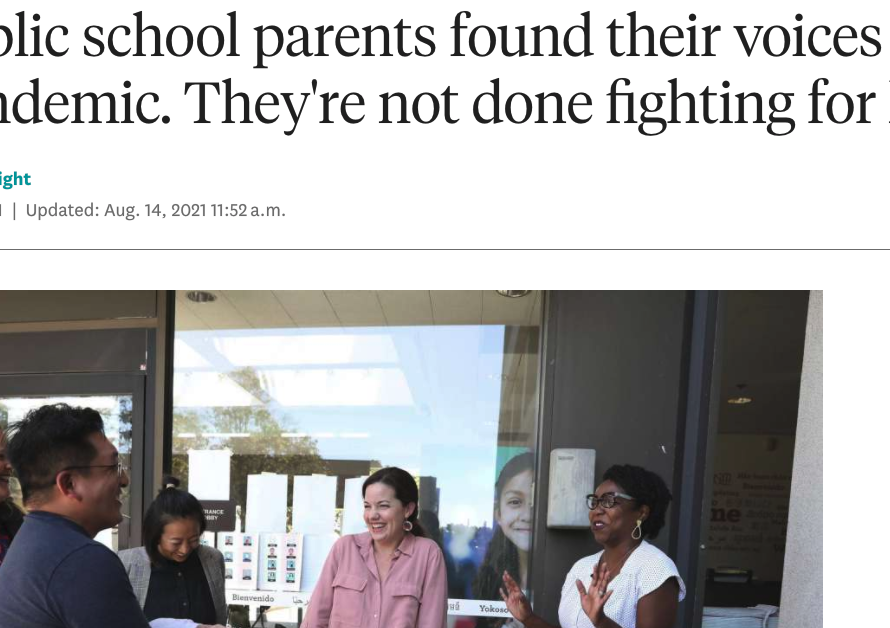SFUSD’s RAI (Resource Alignment Initiative)
Click here for the RAI website.
RAI is part of SFUSD’s goal to create “equitable and excellent schools for every student”. According to SFUSD, this goal is not currently being met because there are too few students, too many classrooms, and not enough teachers.
- Teacher vacancies are a major problem at SFUSD:
- 21% of classroom positions were vacant on first day of SY 2023-24
- 15% of classrooms were staffed by substitutes or teachers on special assignment in SY 22-23 and SY 23-24
- “when we have fewer classrooms, we’ll have a much better chance of making sure every classroom has a qualified teacher and every elementary school has an instructional coach”
- Smaller schools have only 1 teacher per grade, meaning they don’t “have grade-level peers to plan, collaborate, and learn with”
- Language pathway classrooms “are spread thinly across the district, creating staffing and instructional challenges”
- SFUSD has maintained 102 school sites since 2017, while enrollment has declined by 4,293 students. Given 102 schools, SFUSD should be serving more than 14,000 more students
- Therefore, SFUSD RAI involves school co-locations, mergers, closures: “When we have fewer classrooms, we’ll have a much better chance of making sure every student has access to a qualified teacher who can deliver rigorous academic content in the language of the program and English…To create the schools our students deserve and our families expect, we must have fewer schools than we do now”
What are the next steps for RAI?
- Equity Audit conducted by Stanford University researchers, “to minimize harm to any student group or community during school mergers, co-locations, and closures” in terms of consolidation criteria and metrics. (Now in progress)
- Because of community / District Advisory Committee input, consolidation criteria and metrics weight “equity” 50%, “excellence” 25%, and “effective use of resources” as 25% of the “composite score”
- Every school will have a composite score to “inform which schools we should consider for closures, mergers, and co-locations”
- But “no single criteria or metric on its own will determine the final decision for any school”
- California Environmental Quality Act (CEQA) informal review of “potential environmental concerns before deciding to close, co-locate, or merge schools” conducted by “an environmental expert”. This will not be a “full environmental review” as SFUSD may be exempt from CEQA. (Now in progress)
- California Assembly Bill 1912 informal review to “reduce a district’s legal risk” before “closing, merging, or consolidating schools”. (Now in progress)
- Upcoming timeline
- 9/18/2024: SFUSD shares recommended school portfolio with staff and public
- 9/18/2024 – 8/2025: SFUSD implements the One-Team Transition Plan to support families, students, and staff through mergers, co-locations, or closures
- 9/18/2024 – 11/2024: District staff facilitate at least two engagements with each school community affected by a proposed merger, co-location, or closure
- 11/12/2024: Board of Education begins discussing the Superintendent’s recommendations
- 12/10/2024: SFUSD proposes a final recommended slate of schools to merge, co-locate, or close to the Board of Education. The Board votes on the recommendation. At this point, the recommendations are final
- Concurrently, SFUSD will develop changes to its enrollment policies as it develops a new portfolio of schools
How will families be supported through these changes? See the following slides:
